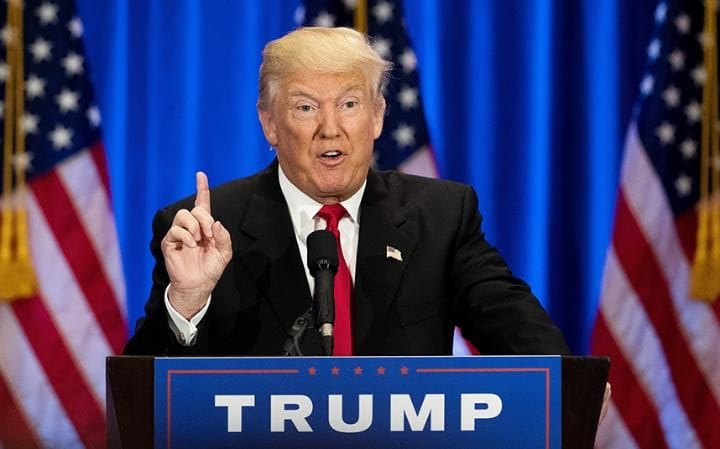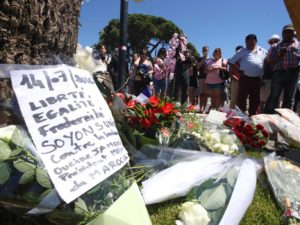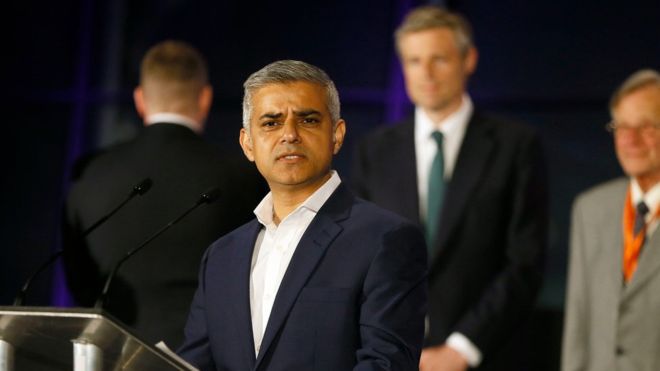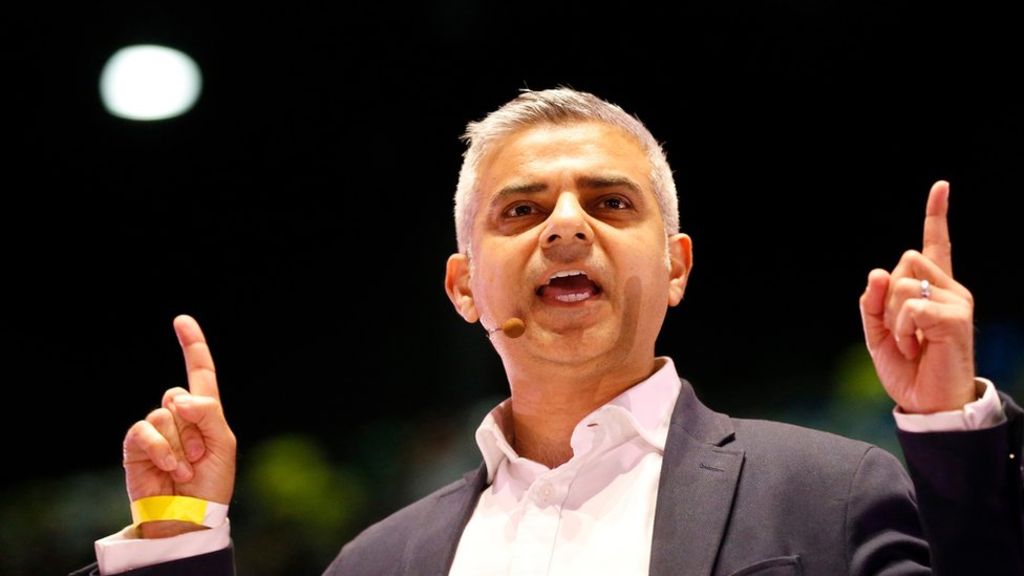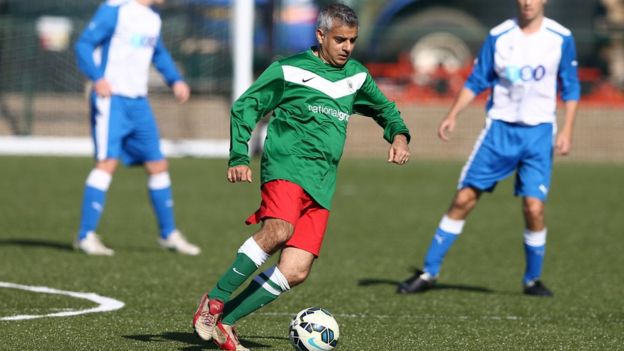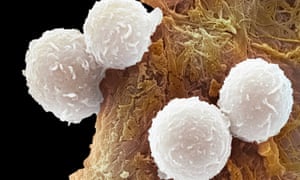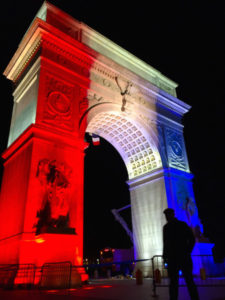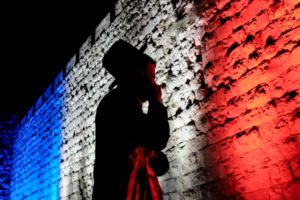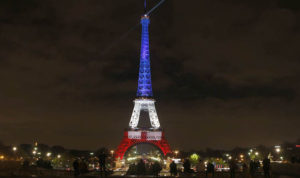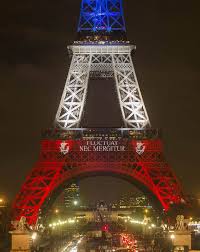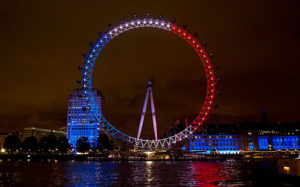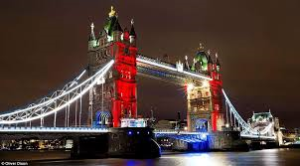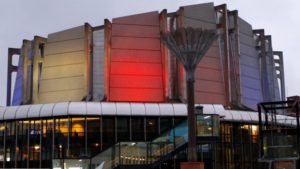As the war of words becomes more aggressive between North Korea and the loud mouth Trump, the Guardian cartoonist provides his vision.
A sombre tone from the Guardian editorial:

It is not reassuring when the US secretary of state has to reassure his country that it is not on the brink of war. “I think Americans should sleep well at night,” Rex Tillerson told reporters on Wednesday. He was playing down the incendiary words of his president, who had promised “fire and fury like the world has never seen” in response not to an attack but to mere threats from North Korea. It was “language designed to send a strong message” to Pyongyang, Mr Tillerson said.
A few hours later, the defense secretary, James Mattis, weighed in: North Korea should cease “actions that would lead to the end of its regime and the destruction of its people … [it] would lose any arms race or conflict it initiates”. Starker words than Mr Tillerson’s, but similarly designed to shift towards a more traditional message of deterrence: actions (not just threats) have consequences. Most likely this storm will soon pass. The armistice has held since 1953. The dire warnings after China and others joined the nuclear club proved unfounded. The previous North Korea crises have fizzled out; not least because nuclear weapons concentrate most minds.
But Mr Trump is not most people. The last US president to use this kind of language was Harry Truman, warning after Hiroshima that Japan must accept US terms or “expect a rain of ruin … the like of which has never been seen on this earth”. But that was in a world war, against a non-nuclear opponent.
The rhetoric was strikingly reminiscent of the bluster of North Korea itself. Yet Pyongyang’s bellicose statements are always worth parsing closely. In the past it has threatened the US mainland – even the White House – with nuclear attack if its survival was in doubt. On Wednesday it said it was considering plans to strike around the US Pacific territory of Guam, choosing a lesser target and talking of containing (not hitting) the military base. For all the extravagance of its threats, they are calculated, not cavalier.
In contrast, Mr Trump offers ad-libbed soundbites from the clubhouse of his resort and on Twitter. But as so often in his case, we should take them seriously if not literally. Military options are still under consideration. Experts say that intelligence on North Korea is too poor, and its capabilities too well advanced, to allow for their wholesale destruction in a preemptive strike. The risk of severe retaliation by conventional means alone is immense.


